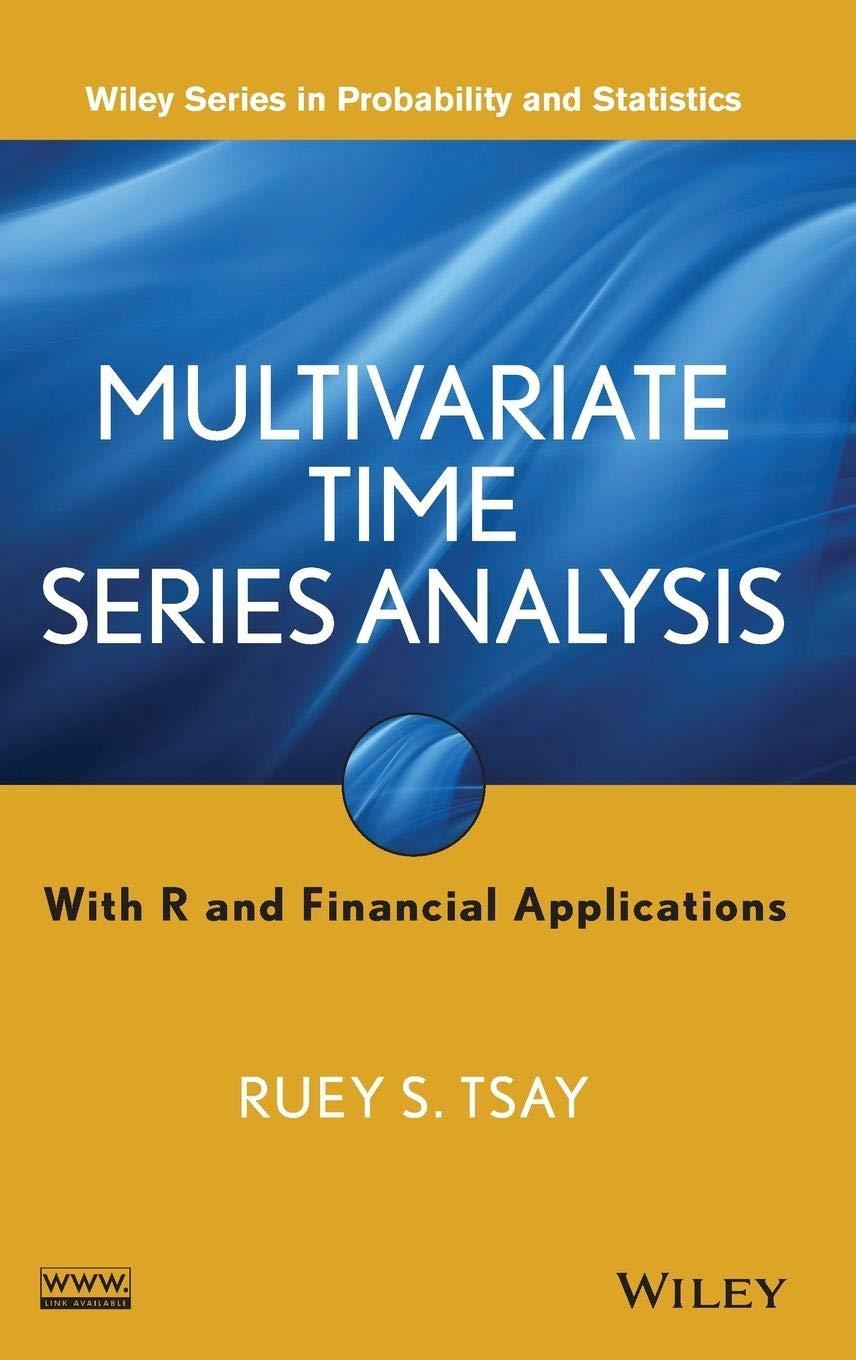Consider a bivariate time series (boldsymbol{z}_{t}), where (z_{1 t}) is the change in monthly U.S. treasury bills
Question:
Consider a bivariate time series \(\boldsymbol{z}_{t}\), where \(z_{1 t}\) is the change in monthly U.S. treasury bills with maturity 3 months and \(z_{2 t}\) is the inflation rate, in percentage, of the U.S. monthly consumer price index (CPI). The CPI used is the consumer price index for all urban consumers: all items (CPIAUCSL). The original data are downloaded from the Federal Reserve Bank of St. Louis. The CPI rate is 100 times the first difference of the log CPI index. The sample period is from January 1947 to December 2012. The original data are in the file m-cpitb3m.txt.
- Construct the \(z_{t}\) series. Obtain the time plots of \(z_{t}\).
- Select a VAR order for \(z_{t}\) using the BIC criterion.
- Fit the specified VAR model and simplify the fit by the command refVAR with threshold 1.65. Write down the fitted model.
- Is the fitted model adequate? Why?
- Compute the impulse response functions of the fitted model using orthogonal innovations. Show the plots and draw conclusion based on the plots.
- Consider the residual covariance matrix. Obtain its Cholesky decomposition and the transformed innovations. Plot the orthogonal innovations.
Step by Step Answer:





